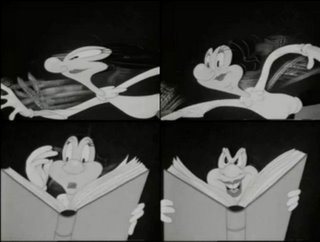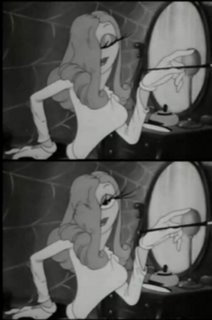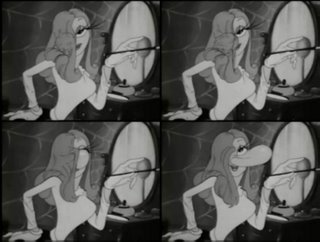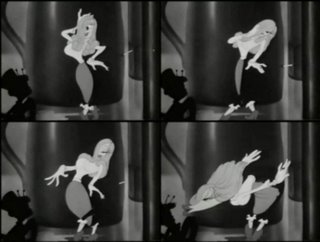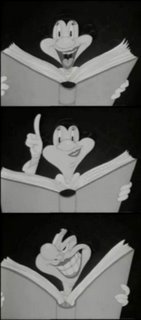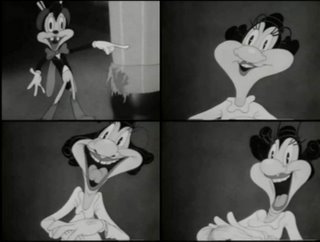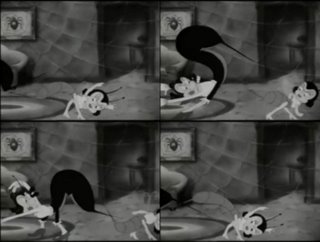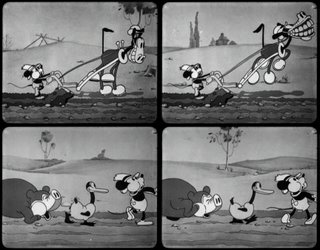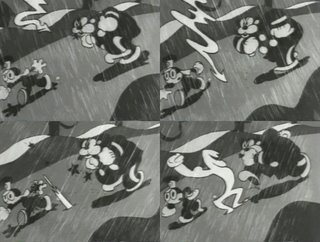What Do Cartoon Directors Do Anyway? Ask Bob and Tex
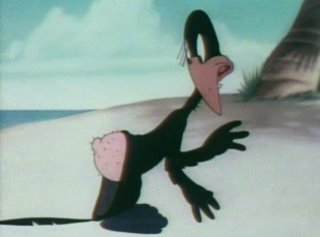
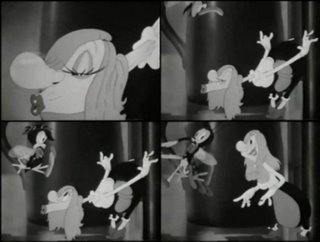
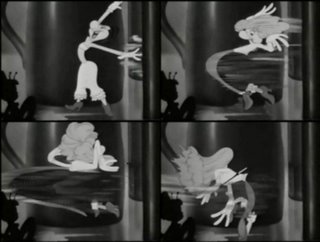
People have asked me many times what a cartoon director does. They understand what an animator does or a storyboard artist does, but it's sort of vague in most minds what a director does, so I'm gonna help you out with a controlled experiment that happened at the Leon Schlesinger studio in 1942.
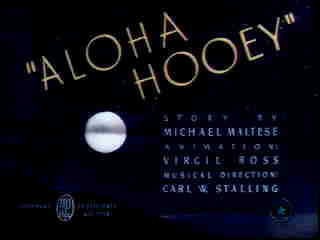 This was the last year that Tex Avery worked at Looney Tunes. He left for MGM and went on to make his best cartoons. He had just spent the last 7 years or so at Warners directing some of the greatest talents in animation history.
This was the last year that Tex Avery worked at Looney Tunes. He left for MGM and went on to make his best cartoons. He had just spent the last 7 years or so at Warners directing some of the greatest talents in animation history.He directed Chuck Jones, Bob Clampett, Bobe Cannon and Virgil Ross in 1935 to 1937 and later directed Bob McKimson and Rod Scribner-the most skilled and talented animators ever at Warner Bros.
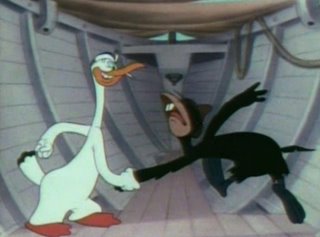
This cartoon above, Aloha Hooey is the last Tex Avery cartoon to be released by Warner Bros. Scribner, McKimson, Virgil Ross and other top animators worked on the cartoon.
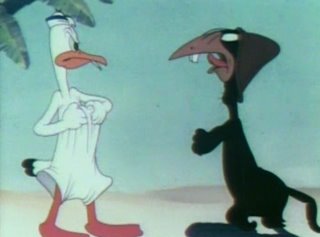
Below is a great Rod Scribner scene from Aloha Hooey (watch the acting in it too!):
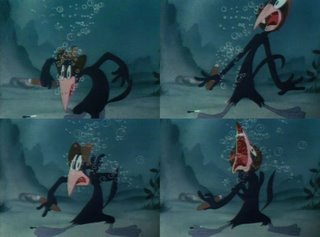
After Tex left, Bob Clampett - who had been directing the youngest animation unit at Warners for the last 5 years got promoted to directing Tex' unit-the top unit at Warners.
Bob told me how exciting this was. He said he always had all these great ideas he wanted to try to animate in his cartoons, but his younger animators were not quite ready to do some of them-even though they were all really good and had already made many classics with Bob - including Daffy Doc, Porky In Egypt, Porky and Daffy, Porky's Party, Henpecked Duck and Polar Pals. These guys were all in their early 20s when they made this stuff!
So now that Bob was working with the top animators in the whole studio, he got to try some new things.
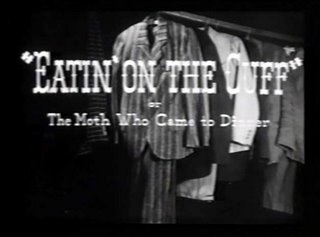
Eatin' On The Cuff was made by Clampett shortly after Tex made Aloha Hooey. These cartoons were animated by the same people and both cartoons were one-shots so that's why this comparison makes a nice controlled experiment. It allows you to see what exactly the two different directors would do under the same circumstances.
Watch the cartoons and see if you can tell what's different about the cartoons and that will help you understand what a director does.
The one other factor that's different about the cartoons: Tex had been working with this crew for years and knew their abilities well. Bob was directing them for the first time.
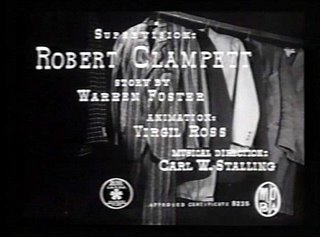
Here's some hints of things to look for:
timing
wild action
facial expressions
gags
staging
Looney quotient
Aloha Hooey by Tex Avery 1942
Eatin' On The Cuff by Bob Clampett 1942
Eatin' On The Cuff by Bob Clampett 1942
Both directors went on to evolve and create more and more inventive and funny cartoons for years, but these two pictures are particularly interesting historically.
By the way,
Dave Mackay has a great site-that's where I get the dates and credits for all these cartoons-go check it out and see what everyone at Warmner's was doing and when and you too can trace where styles and ideas came from!
http://www.davemackey.com/animation/wb/1942.html
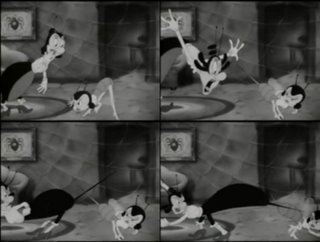
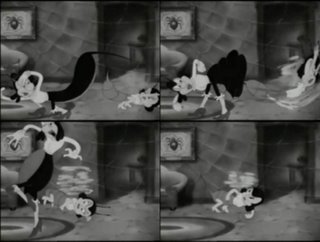
Mark Deckter provided all these great images. Go here for more! And thank him! Be polite now...He did a lot of work for you.
http://duck-walk.blogspot.com/2006/04/funny-birds.html

